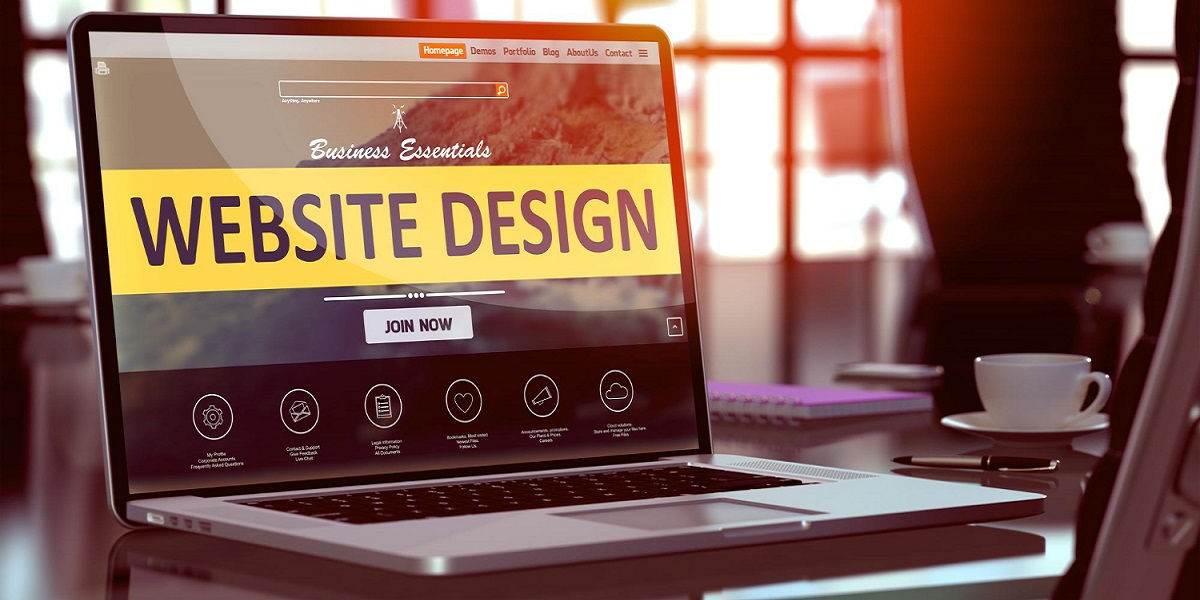
Did you know 75% of people mostly judge a business’s credibility based on its website design?
If your site appears confusing, outdated, or difficult to use, visitors may leave. No matter how great your product is. Every click away could be a lost customer, a missed sale, or an opportunity gone.
In this guide, we’ll explore 10 common website design mistakes that silently hurt your chances of converting visitors into buyers. From slow-loading pages to unclear buttons, these small errors can cost you big time. But the good news? Each mistake comes with a simple, clear fix.
Scroll down and explore how you can fix website design mistakes that are costing you conversions. Ultimately, you will also learn their methods for resolving these issues.
Let's dive in!
It usually occurs when a site takes too long to load when a user clicks on the link. This drives visitors away from your site. When many people leave without exploring, it tells search engines your site isn’t helpful, and that can lower your ranking.
Slow speeds are mainly caused due to large image files, messy code, or poor hosting. It frustrates users and makes them less likely to stay, click, or make a purchase.
To fix it, optimise images so that they load faster. Minify your code to remove anything extra that slows things down. Use caching to help pages load quicker the next time someone visits. And choose a reliable web host that keeps your site running smoothly.
This mainly occurs at that time when a site doesn’t adjust properly to all the small devices. The text may be too small to read, buttons may be hard to tap, and pages may not fit the screen size. This makes it difficult for users to browse. Users will leave your site and may look for another site. It reduces engagement and conversions on your site.
Users mostly access websites on their mobile devices. Optimise your website to work on different platforms, like mobile apps and web, to attract more organic traffic.
To improve mobile experience, use responsive design frameworks that automatically adjust layout and features for any screen size. Regularly test your site across different devices to catch and fix any display or usability issues.
A well-optimised mobile experience increases user satisfaction and helps your site retain more visitors.
A cluttered layout happens when a webpage has too many elements that are placed close together without a clear structure. This overloads the user’s attention and makes it hard for them to understand what to do next. As a result, visitors feel overwhelmed and they leave your site and look for another site.
When a layout lacks a clear visual hierarchy, important content doesn’t stand out. Users may miss key messages or calls to action.
To fix this, apply whitespace to separate sections and make the page easier to read. Make website navigation menus simple so people can find what they need easily. Each page should have one main goal to help users focus and know what to do.
Weak or hidden CTAs make it hard for visitors to know what to do next on your website. It is a button or link that asks users to take action. When these call to actions are hard to see and are unclear, users often leave without taking any action.
This can lower your sales, sign-ups, or other goals because visitors don’t get clear directions.
To improve this, use strong words in your CTAs so the message is easy to understand. Make sure the CTA is easy to see by using appealing colours that stand out. Add a sense of urgency with words to encourage users to take faster action.
A bold and helpful CTA gives users the right next step—and helps your website work better.
It makes it hard for users to find what they need. Having too many choices and unclear labels can make visitors frustrated. They may not know where to click, so they prefer to leave your site without exploring more.
To fix this mistake, simplify the menu by showing the most important pages. You can even use clear and simple labels that tell people exactly what they’ll find when they click.
Good navigation lets users move around your site with ease. When the user finds the information easily that they are looking for easily. They are more likely to stay longer and take action on your site.
The lack of trust signals indicates that your website lacks proof that users can trust it. Showing social proof is important because it can encourage users to provide their data and act. As a result, you may see fewer customers making a purchase and less overall involvement with your site.
Trust signals help you build confidence for your brand. When visitors see that others have had positive experiences or that your site is safe, they feel more comfortable taking action.
To improve trust, add testimonials from real customers, showing honest feedback. This includes security badges to show that user data is being protected. You can even display client logos if you’ve worked with well-known businesses and partners. If building comprehensive trust signals feels overwhelming, partnering with the best website design company can ensure these elements are strategically implemented from the ground up.
These elements help you create a sense of safety and professionalism. A trusted website helps users to feel confident and more likely to stay, interact, and convert.
Inconsistent branding and design elements help you to show how your website looks different from page to page. It includes fonts, colours, and images that may not match your site. This can confuse visitors. It even makes your business look a bit unprofessional and harder to remember.
When you regularly keep on changing designs, visitors won't feel a connection with your brand. This reduces trust and makes it difficult for users to understand who you are and what you offer.
To resolve this mistake, use consistent fonts, colours, and images that align with your entire website. Follow a clear brand guide that shows how everything should look. This will help you keep your website clean and simple to recognise.
Consistent branding also lets you build a strong identity and helps users to remember your business. When everything looks and feels the same, your website becomes more trustworthy and easier to use.
It appears when your site text cannot be understood by readers easily. Making texts small, using low contrast, and overfilling lines can all cause low readability. If it’s difficult to understand your content, users could abandon your site without performing any tasks. As a result, it will reduce engagement and conversions on your site.
A message can be effective only if people find it easy to read. If your site’s pages are tough to read, viewers won’t be able to explore or take any action. Clear text supports a better user experience and helps retain attention.
To fix this, use legible fonts that are simple and easy to recognise across all devices. Ensure high contrast between the text and background so the words are visible. Maintaining proper line spacing between the content helps you to make it smoother and easier to read.
Having too many form fields lets users fill out too much information at once. This process usually consumes a lot of time and makes people feel tired or frustrated. When a form is long, many users decide to skip it. As a result, there are fewer chances to sign up users, gather leads, or pursue opportunities.
People like forms that are quick and simple.
To fix this, only ask for the most important information you need right away. Use auto-fill to help users complete forms faster with saved details. Also, try progressive profiling, which collects more information step by step over time.
Shorter forms make it easier for users to sign up, helping your website get better results.
Ignoring analytics tells you about the data that shows how people use your website. Without this data, it becomes difficult to understand what is working best and which page needs improvement. This can lead to poor user experiences that keep repeating without you knowing why.
It allows you to track the most popular links, see durations of visits, and learn when users stop browsing your site. This gives you a full insight into what people like and what confuses them.
To fix this, use tools like Google Analytics to track user behaviour. You can even add heatmaps to track which page of your site gets the most attention. Do A/B testing to compare different versions of a page and check which version works the best.
Improving your website design is essential that help you boost conversions and build trust with your audience. These mistakes that we discussed above can silently reduce user satisfaction and drive visitors away. These mistakes affect how people interact with your site and whether they take action.
Making these improvements will help your visitors enjoy their time on your website. Using data and analytics helps you to know what’s working best and what needs improvement.
A well-designed website not only looks professional but also performs more effectively. If your site is straightforward to navigate, more users will remain and get engaged. Making regular changes and improvements gives your business a better chance of staying strong and growing in the future.
